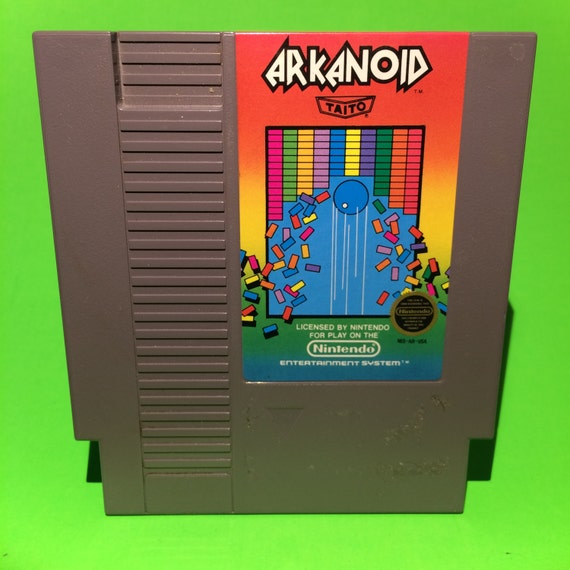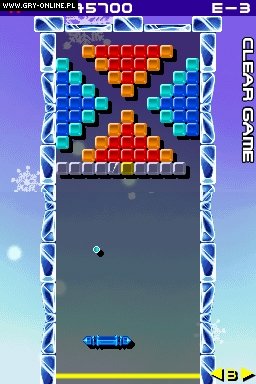
Additionally, your paddle is positioned very high, giving you less time to respond when your ball is on the way back. Instead of allowing the entire two screens to be played with the game, Taito thought that a margin would be more appropriate but that also means that roughly half your play area is gone. That split second could be the deciding factor in whether or not you manage to rebound your ball back up the screen. As the ball travels down the screens it will have to pass through that space meaning your ball will be gone for a split second. Bouncing back, the ball will travel down but… isn’t there a space between the two screens? The answer is yes. Sounds like a pretty smart idea but trust me, it is not. The developers of Arkanoid DS utilized both of the Nintendo DS’ screens to play the game. The power-ups do all sorts of weird and wonderful things to your paddle like making it magnetic so that the balls stick to it, but they may also increase the number of balls on the screen. To activate the power-up, you will need to catch it before it disappears into the abyss below. Occasionally power-ups will fall down after a particular block has been destroyed. Once the ball hits the paddle, it will make its journey back up the screen to break even more blocks. Eventually the ball will fall back down and it is your task to bounce it back up again. The main objective in Arkanoid DS is to use a paddle to bounce a ball upwards to break blocks at the top of the screen. Taito ported the game and added touch-screen controls, hoping to bring the old fashioned game back to its former glory on a modern platform. At the time of its release, Arkanoid became quite a hit.



When Arkanoid was originally released, it was a clone of the Atari classic Breakout. Released simultaneously with another Taito revival, Space Invaders Extreme, Arkanoid DS is an attempt at trying to revive the old classic arcade version of the game.


 0 kommentar(er)
0 kommentar(er)
